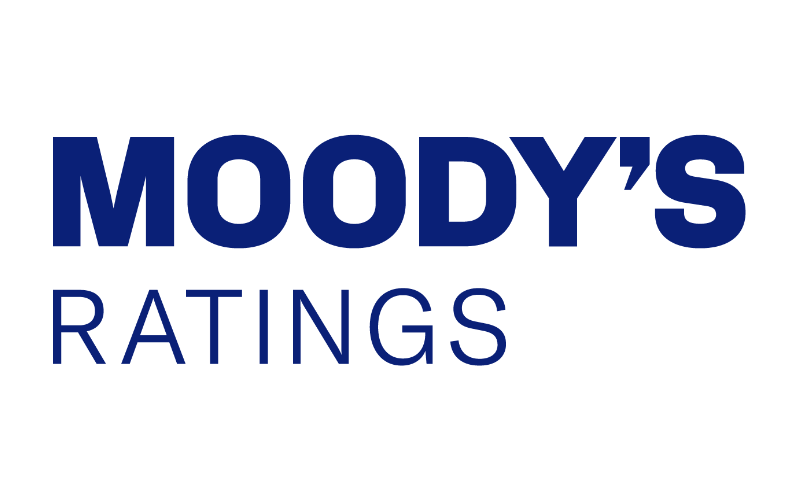
Insurance is complicated, and there are many misconceptions about coverage that could leave policyholders uninsured or underinsured.You offer great value as the best resource to explain the benefits, restrictions and exclusions of policies to your clients – because you have access to the best options among the carriers you work with.Your advantage over a ‘go direct’ website, is the means to have real conversations with your clients, educate them and reduce their risk of exposure.
We’ve asked John Sence, vice president of The Cincinnati Insurance Company, to share some important misconceptions about coverage that you can use to initiate important conversations with your clients.What is the biggest misconception about car rental coverage? In many cases, if your regular auto insurance covers collision damage to your insured car, it also covers damage to a short-term rental.But this coverage is generally limited to driving in the U.S.
and maybe Canada, and won’t cover car rentals in Mexico, Europe, or anywhere else.So, before you plan on using your own insurance, check its coverage.If it does cover rentals, you can place a claim on it.
Still, you must typically pay your policy’s deductible, and the claim may have an effect on subsequent yearly rates.Even if coverage is provided, it doesn’t mean every exposure is included.For example: Consumers should check to see if their policy includes coverage for uninsured/underinsured motorists and emergency roadside assistance.
If policyholders need to use the coverage for a damaged rental car, they should be aware that their respective comprehensive and collision deductibles will apply.Many rental agencies will offer coverages with no deductible at the time of rental.If an accident occurs in a rental car, the value of the vehicle may be reduced, even after being repaired.
This is referred to as diminution of value and is not covered by all policies, leaving the policyholder to foot the bill for that expense.Rental car companies may charge for “loss of use” which is the potential revenue lost while the car is out of service being repaired, regardless of how many other vehicles the rental company may have.This “loss of use” is typically calculated at the full retail rate of the car, which could become a significant exposure.
Many credit cards provide “free” collision coverage for car rentals, provided the client uses the card to secure the rental.A typical credit card benefits statement describes coverage as: “Physical damage and/or theft of the covered rental vehicle.Valid loss-of-use charges assessed by the rental company while the damaged vehicle is being repaired and is not available for use, as substantiated in the company’s fleet utilization log.
Reasonable and customary towing charges related to a covered loss to take the vehicle to the nearest qualified repair facility.” Note that this typical credit card benefit does not cover diminished value or administrative costs.A few premium credit cards offer primary collision coverage, meaning the card takes full responsibility for the payment.But coverage on most cards is secondary, meaning the card picks up only what a policyholder can’t first recover from her own insurance.
And she still has to pay the rental company up front, then file for reimbursement from the card issuer.What is the biggest misconception about insurance to value? The biggest misconception policyholders make when evaluating if their home has proper coverage is using market value as a cost basis.Reconstruction cost is the cost to hire a contractor to replace the home as it is, using materials and design of similar quality.
This amount isn’t the same as market value, which is the value that comparable homes are selling for.Reconstruction cost can be much higher.There are many factors that play into the cost of reconstruction.
Here are a few: Custom features: Can the materials in the home be repurchased at a local retail store or do they require a specific contractor or boutique store order to replace? For example, ornate moldings, custom window treatments and built in cabinetry.Age of the home: Older homes tend to have materials that are not standardized and would require special orders, for example, doors and windows, and plaster.The older the home, the greater the cost to reproduce the unique features given the difficulty in sourcing some of the materials, as well as the specialized craftsman necessary to rebuild the home.
Historic homes: Homes on history registries or in historic districts may be subject to strict code requirements that make even partial losses costly.Site accessibility: New homes are typically built on empty lots that large machinery can easily access.The time involved in reconstructing existing homes with landscaping, other buildings, neighboring properties, and community restrictions can increase the cost.
Time: Many homeowners want to be involved in the reconstruction process.While understandable, the time needed to research and consult eligible contracts can increase the cost.Demolition and debris removal: After a loss there may be significant cost associated with clean up.
These costs are often not considered by the policyholder.Build codes: Homes being rebuilt must be updated to meet current building codes, which may not have been in effect when the home was built and can result in increased cost.Economy of scale: Discounts builders may receive on materials and labor when multiple homes are built may not be given for individual builds.
Natural disaster effect: When materials and labor are scarce due to economic or weather-related conditions, cost can rise.When should homeowners revisit their policy with an agent to make sure insurance to value is current? Policyholders should review their coverage at the inception of the policy and at each renewal.Some policies automatically adjust Coverage A at renewal to keep up with inflation, but it’s a good idea for homeowners to review it.
It’s also important to let their agents know any time they have done extensive repairs, renovations or additions.Under what circumstances would an agent advise purchasing an enhanced replacement cost policy? Anytime homeowners want to rebuild their home fully, agents should offer an enhanced replacement cost option.Even if a home is insured to value at inception or renewal, sudden changes in inflation or natural disasters can cause the cost to rise, making the home suddenly underinsured.
It also provides a safeguard in case the homeowner forgets to report to their agent renovations or additions that cause the Coverage A to increase.What are the biggest misconceptions about water damage/coverage? There are many misconceptions, but as a whole, policyholders may not think about how common and severe water damage can be.Water damage is consistently among the top offenders in terms of severity, total claim payout and frequency, partly because there are so many sources of water in a home: Pipes bursting due to freezing Supply lines to toilets, sinks, wet bars and ice makers can fail Water heater failure Plumbing fixtures overflowing Faulty construction Plumbing and appliance failure Flood damage Hydrostatic water damage In addition to the multiple sources, it’s also an exposure in every state, occurs in every season and impacts every type of home.
However, the types of exposures can vary greatly.It’s important for policyholders to work with their agent to understand the exposures they are most likely to face and how to protect their homes from them.It is also important to note that many of the above water damages are not covered under a standard home insurance policy or the policy may contain a very low sublimit of protection.
For example, many home policies will only provide $5,000 for back-up of sewers or drains.While most policies will not provide protection for flood, you do not need to live near a body of water to have exposure to flood.Flooding can occur anywhere, and policy language can vary from private carriers to government-sponsored programs.
When should a policyholder think about water damage/coverage and steps to take to prevent it? Given the information outlined above, every policyholder should think about water damage and how to prevent it.One simple step policyholders can take to manage water damage risk is installing a water shut off device.These devices require no human interaction and will turn off the water supply automatically when they detect a leak.
Homeowners with sump pumps should know that on average, their life is 8-10 years, but more active use could reduce this lifespan.Having a certified plumbing contractor inspect your sump pump is a good risk mitigation tactic.Not all coverage is created equally, and there are many misconceptions that if not dispelled, could lead to disappointment when a claim is filed.
Finding the time to discuss these issues with your clients may give rise to new opportunities to expand your relationship and introduce more stable and reliable coverage from carriers you can depend on.For more information, visit our website.
Publisher: Insurance Journal








